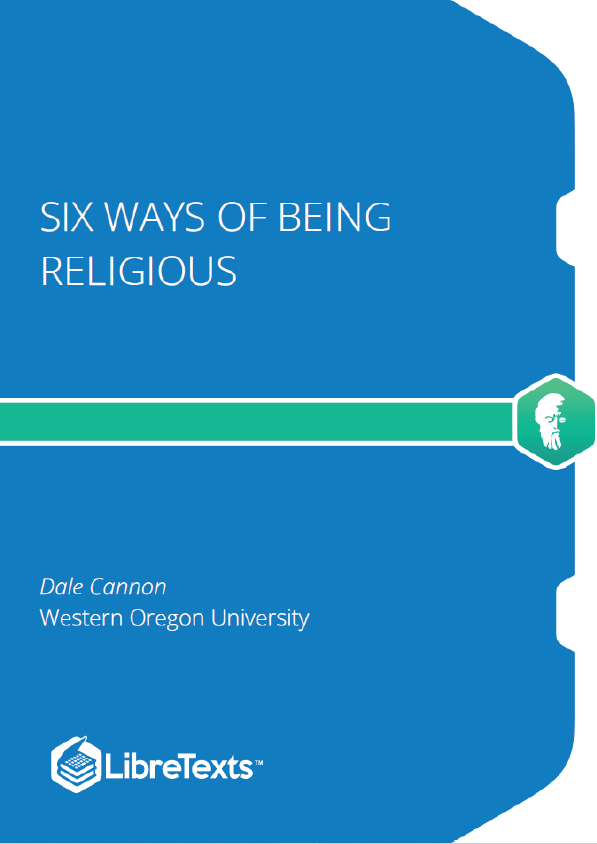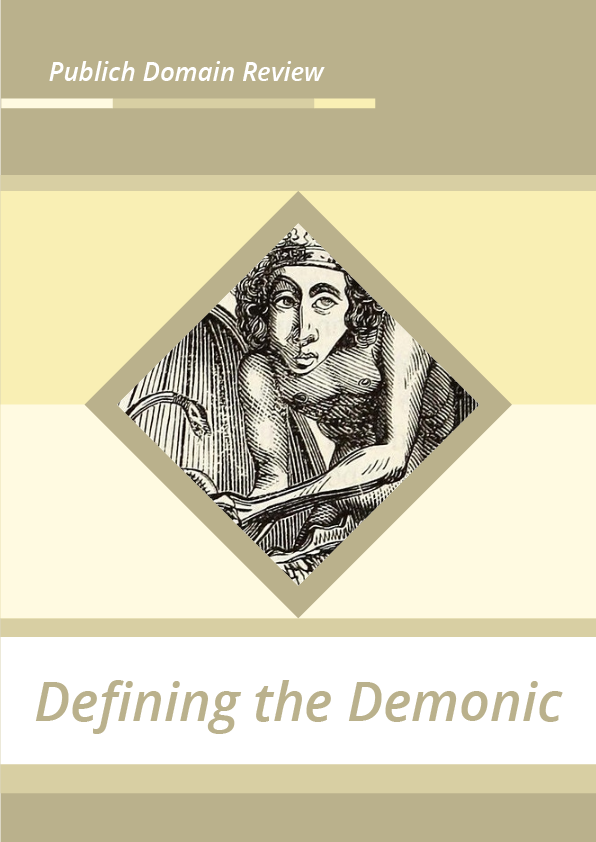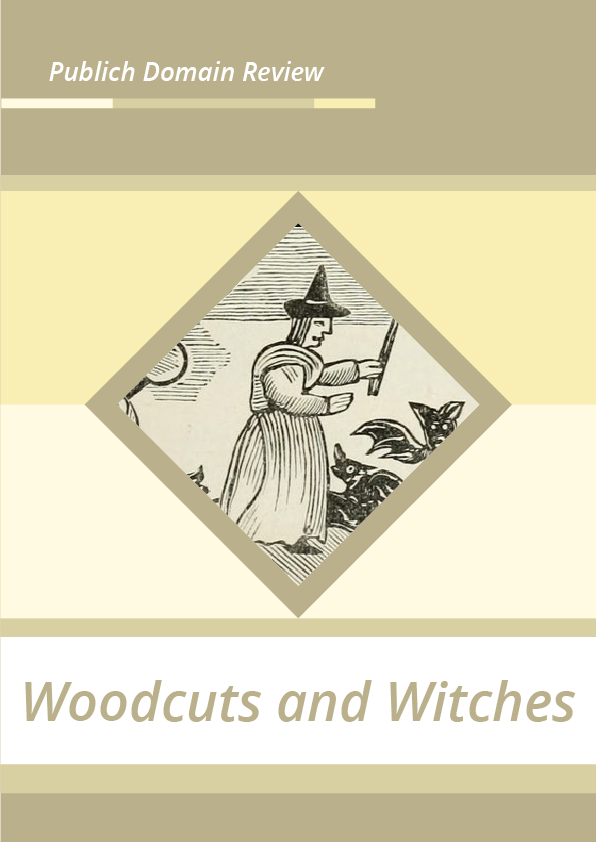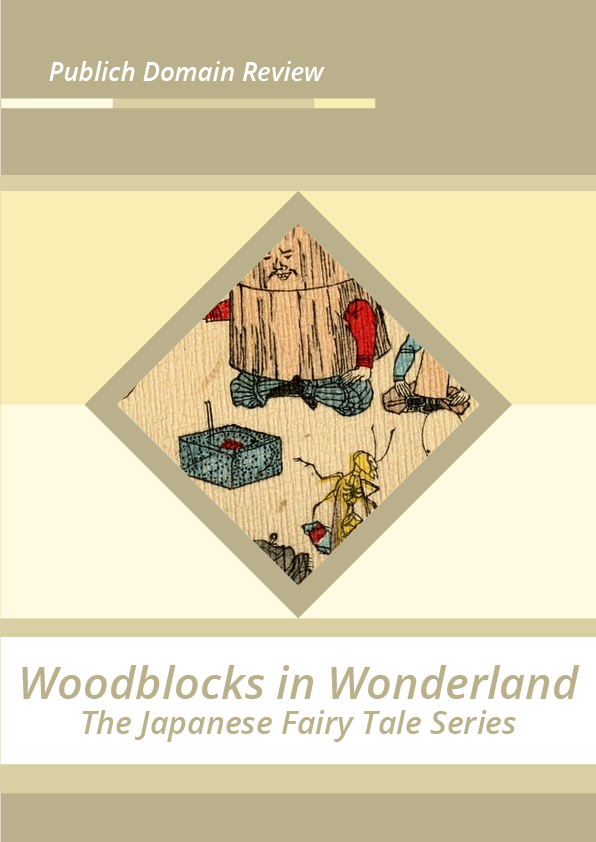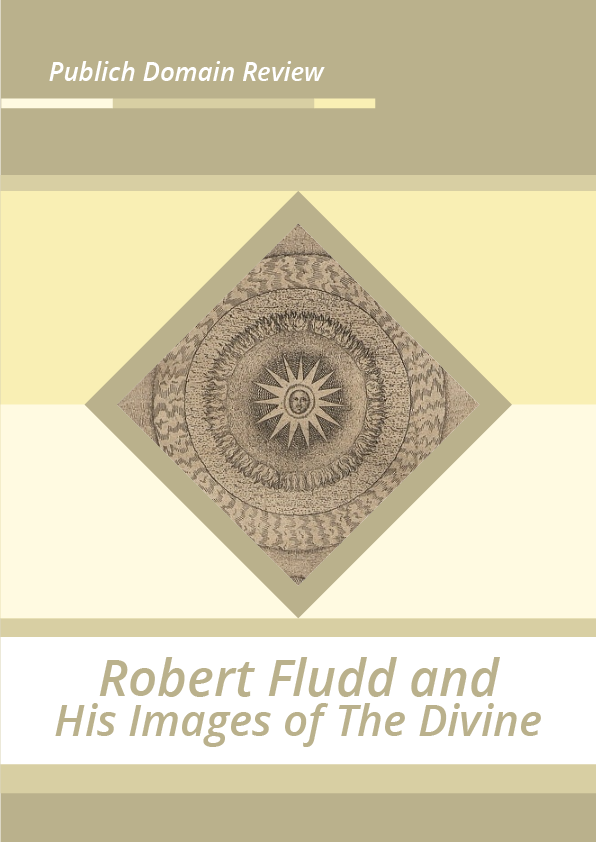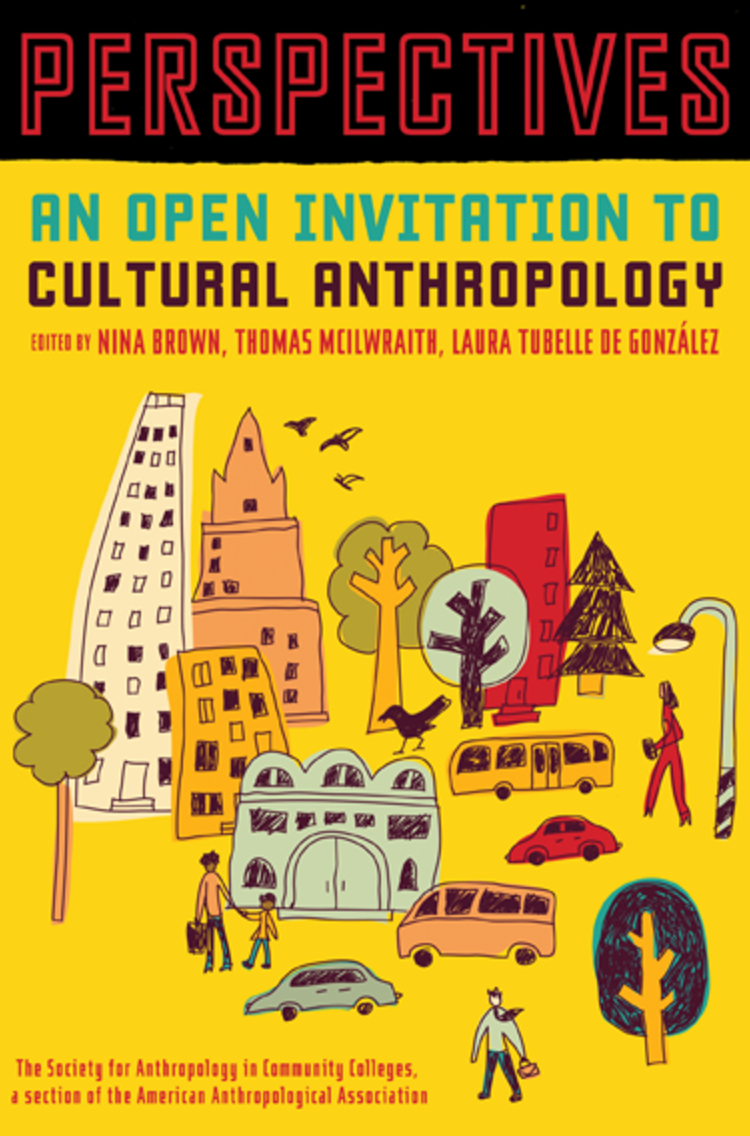The book proposes the hypothesis that six generic ways of being religious may be found in any large-scale religious tradition such as Christianity or Buddhism or Islam or Hinduism: sacred rite, right action, devotion, shamanic mediation, mystical quest, and reasoned inquiry. These are recurrent ways in which, socially and individually, devout members of these traditions take up and appropriate their stories and symbols in order to draw near to, and come into right relationship with, what the traditions attest to be the ultimate reality.
differences? And what weight should be given to similarities? How to do justice to both is relevant to the student who wishes to learn about and relate intelligently to the religious behavior and expressions of her fellow human beings. The question is relevant to the Lutheran couple who must decide how to relate to the Muslim family that just moved in next door. Although they may not realize it, it is no less relevant to deciding how they should relate to the Pentecostal faith of the gentleman their daughter is dating. It is relevant as well to the young man who desires to find which, if any, of the religious options he faces has worth in relation to the others.
The accounts religious traditions give of themselves for the benefit of outsiders usually do not tell you enough. Usually not enough is said to satisfy the need to understand, and often the desire to seek a new convert or distrust of outsiders gets in the way. Even less satisfactory are the slanted accounts traditions often give of their relation to other traditions. A source of relatively neutral information is needed, and so resort is made to the academic accounts of historians and anthropologists who specialize in providing a more or less objective account. However, simple historical or anthropological descriptions of particular phenomena and particular traditions posed alongside one another are not enough. Comprehension demands the employment of cross-cultural categories that are not biased on behalf of the perspective of a particular tradition-for example, categories such as prayer, worship, faith, sacred story, ritual, sacrificial offering, doctrine, scripture, theological explanation, meditation, or possession trance. It is difficult to imagine how historical and anthropological descriptions can be developed at all without some resort to cross-cultural categories. The academic study of religion has recognized this for quite some time. A great number of categories have been, and continue to be, variously employed. A number of efforts have been made to bring conceptual clarity and order to them, not least the 1987 publication of The Encyclopedia ofReligion, edited by Mircea Eliade. Nevertheless, obscurity and disorder remain.
